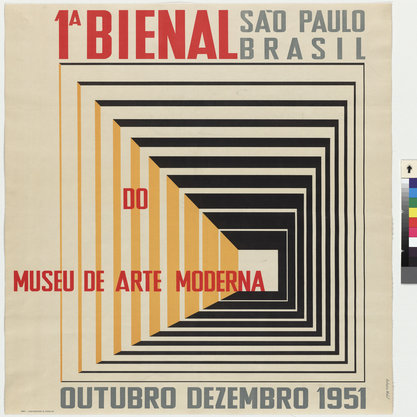Article
Flamenco and Modernism By Cauthery, Bridget
Article
Though practitioners perceive Andalusia as the form’s spiritual and artistic home, flamenco is taught and performed in cities around the world. Modern flamenco evolved from the “Café Cantante” period or “Golden Age” of flamenco in the late nineteenth and early twentieth centuries, with its widespread introduction outside of Spain occurring as a result of the Spanish Civil War (1936–1939). Flamenco was absorbed into, and transmitted by, popular culture through its inclusion as an exotic divertissement in Hollywood films of the 1930s and 1940s, and the films of director Carlos Saura in the 1980s. These films and their associated imagery created an impression of flamenco as exotic, virtuosic, and gendered—with overt connections to bull-fighting, toreadors, and Romani culture.

